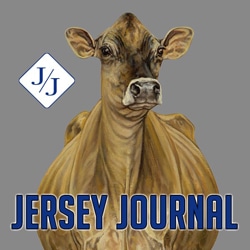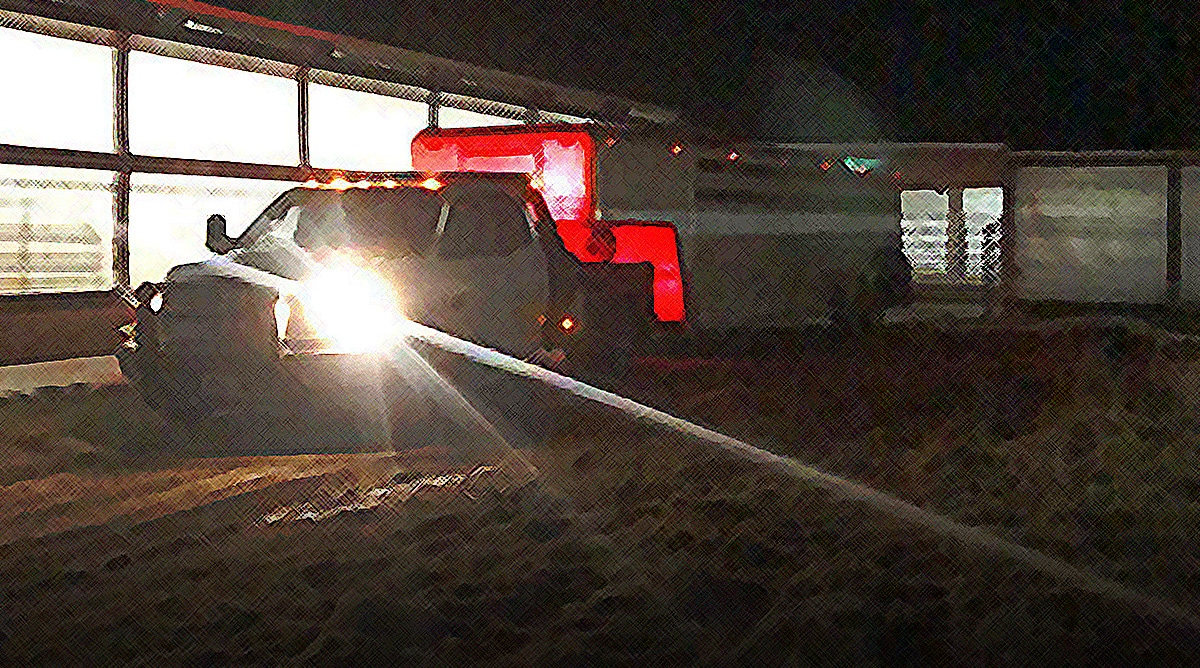Jersey Genetics Impact Herds Across the Globe
Jersey genetics remain in high demand in overseas countries. Popularity is strong in Central and South America due to the strong environmental adaptability of the breed. Canada and Mexico utilize U.S. Jersey genetics often due to the ease of transport across borders.
The export market can be a roller coaster ride in the dairy industry based on many factors. However, international buyers continuously look to import U.S. genetics because they seek the well developed traits found in U.S. cattle. Exports improve the genetic diversity in other countries, as well as provide U.S. sellers another avenue to market their animals. Over the last few years, an increase has been seen in Jerseys being transported to the Russia, the middle east, and southeast Asian countries, such as Nepal—a recent destination of five young Jersey bulls.
These bulls were sourced by Jersey Marketing Service (JMS) and Ag-World International Corp. (AWI) for the export deal. JMS has been hosting public auctions and conducting private treaties, with the goal of connecting buyers and sellers of Jersey genetics for more than 50 years.
Click here to read article in PDF format.
Coordinating an Export
JMS Manager Greg Lavan was first contacted in late 2021 by AWI about sourcing Jersey bulls for export to Nepal. The Nepalise government was looking to add Jersey and Holstein bulls to their national stud service and began by placing an advertisement for export companies. AWI placed a bid, and after winning, contacted JMS for assistance in finding the perfect animals.
AWI was founded in 1977 by Bruce Cluver, who is currently the vice president of the family-owned company his son currently runs. AWI has facilitated exports to over 110 different countries, working with breeding stock of many species such as pigs, sheep, beef and dairy cattle, rabbits, and even honeybees.
Selecting the Right Genetics
Lavan and Director of Field Services, Kristin Paul, set to work selecting the bulls. They were not only looking to match the buyer’s requirements, but also animals close in proximity. While the sex of the animals did not pose too much of an issue, there was on-going concern about the age and size of the bulls to allow for ease of air transport.
The buyers were looking for cattle with good genomic prediction transmitting abilities for milk, productive life, somatic cell score, genomic Jersey udder index, and all bulls needed to be verified A2A2. They also wanted bulls with dams and grandams that were performing within the herd, to add value and validity to the genetics. They eventually decided on three Jerseys and two Holsteins from Sand Creek Dairy in Hastings, Mich., and two Jerseys from Pine Tree Dairy, Marshallville, Ohio.
The Jersey bulls from Sand Creek Dairy were Sand Creek Motor 30149-P, PA JPI +122; JX Sandcreeks Caliban 30154 {6}-ET, GJPI +75; and JX Sandcreeks Gallantry 30168 {5}-ET, PA GJPI +109.
The Jersey bulls selected from Pine Tree Dairy were: Pine-Tree 316 Federer Fox 2651-PP-ET, GJPI +86, and Pine-Tree Federer Frank 2647-PP-ET, GJPI +100. All bulls were plus for Jersey Udder Index, Productive Life and Type.
Sand Creek Dairy is a herd of 1,200 cows, 330 of those being Jerseys. They are currently a sixth-generation farm and have been operating in Hastings for 115 years. Genetics for good fertility and functional type are a large focus of the operation, and every animal born on the farm is genomic sampled at birth. Lavan approached Sand Creek because they regularly raise both Holstein and Jersey breeder bulls.
Pine Tree Dairy is operated by Matt Steiner and his family. The 650-head facility was completed in 2012 and features a parallel parlor and sand bedding. The heifers are raised down the road, at another location. Pine Tree Dairy also operates three satellite herds as well. Their breeding program focuses on Cheese Merit, pounds of milk, solid components, and health traits. Along with Registered Jerseys, Pine Tree also raises and milks Holsteins, Brown Swiss, Montbeliardes, and Guernseys.
Preparing for Flight
As with any animals being transported across state lines or country borders, extensive health testing was required. The testing required for each country varies, but most countries require a negative test for tuberculosis and brucellosis. Negative testing for Johnes and Leukosis are also common. Other countries may also require testing for bluetongue, campylobacteriosis, trichomoniasis, Q-fever, or other diseases.
All this information is dictated by and must be detailed on health certificates endorsed by the United States Department of Agriculture (USDA) and Animal and Plant Health Inspection Service.
Some countries also require quarantine in a USDA-approved facility for a period of time prior to shipment, usually 30 days. The cattle being purchased from Sand Creek were already being housed in quarantine, so they just remained there during the remainder of their time in Michigan and underwent their health testing there. Ethan Haywood of Sand Creek Dairy spoke about the process of preparing the cattle from his farm.
“Due to lack of flights, airline staff testing positive for COVID-19, roll-out of 5G, and other problems, it actually took several testing periods to get the cattle shipped,” Haywood said. “We were very happy once they finally got on the trailer to start the long journey to their new home!”
Once the cattle left Sand Creek and Pine Tree, they were transported to Chicago O’Hare International Airport in Chicago, Ill. Cattle and other livestock ride on planes full of cargo shipments. They are loaded in crates that mimic stalls and with the size of the bulls, were able to fit two per crate.
Once the cattle arrive in their new home country, they undergo any health testing or quarantine procedures required by Nepal before proceeding to their new home.
JMS has a wealth of experience and contacts within the industry, both domestic and abroad, and a top-notch reputation. Whether you are a buyer or seller, their professional team is ready to assist you. They understand the markets, have many great contacts in transportation, and have moved enough animals to different locations to see potential challenges and bottlenecks before they occur.
Feature photo courtesy of Ethan Haywood, Sand Creek Dairy.




